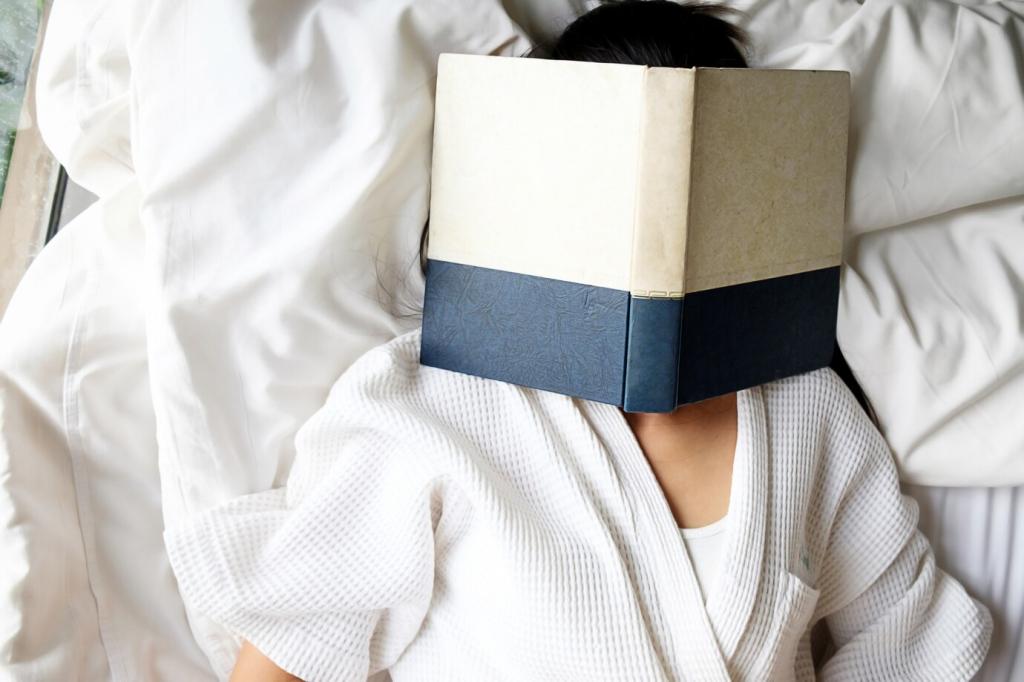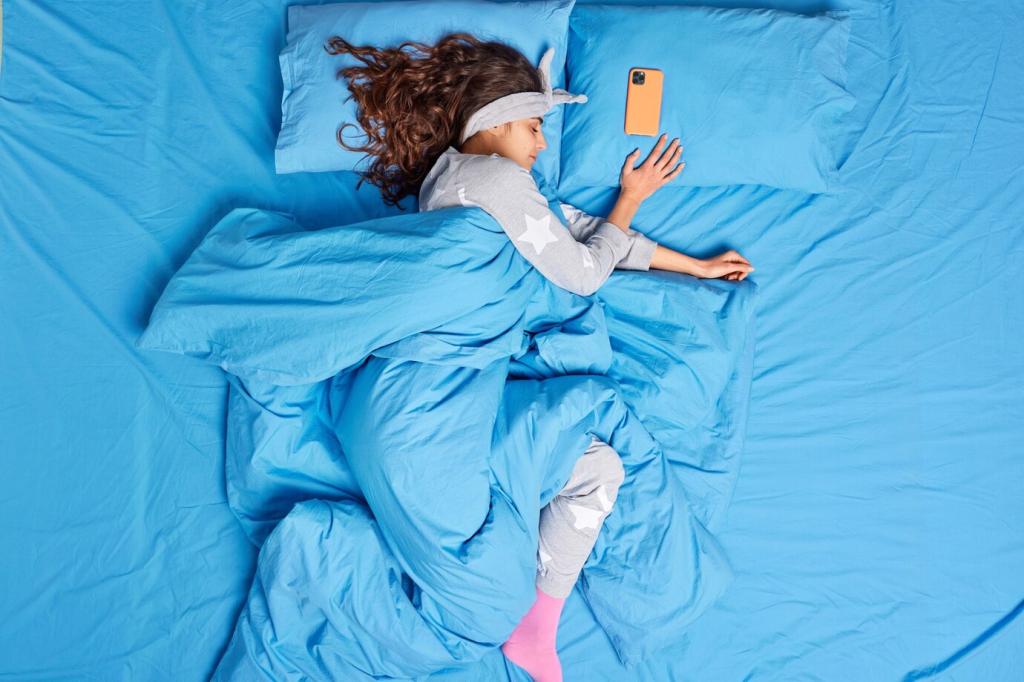
Understanding Sleep Cycles and Their Impact on Recovery
Chosen theme: Understanding Sleep Cycles and Their Impact on Recovery. Welcome to a friendly deep dive into how each 90-minute cycle restores your body, sharpens your mind, and accelerates healing. Read on, share your experiences, and subscribe for new science-backed insights each week.
Sleep Architecture 101: The 90-Minute Rhythm
Stages N1, N2, N3, and REM, explained simply
Your sleep cycles move from light N1 to stabilizing N2, then to deep N3 for body repair, and finally REM for brain integration. Each full cycle averages about ninety minutes and subtly changes across the night to meet shifting recovery needs.
Why cycles—not hours—determine how restored you feel
Waking between cycles often reduces grogginess because your brain transitions more cleanly. Interrupting deep sleep can create heavy sleep inertia. Targeting multiples of a cycle—like six, seven and a half, or nine hours—can make mornings feel noticeably brighter.
How many cycles do most people need nightly?
Most adults thrive on four to six cycles, translating to about six to nine hours. Training load, stress, and age shift the sweet spot. Track how you feel after different totals and share your observations with our community in the comments.
Recovery Inside the Night: Hormones, Muscles, and Brain
In early-night deep sleep, growth hormone pulses support protein synthesis, collagen remodeling, and muscle recovery. One sprinter told us her hamstrings felt less tender after nights with longer deep sleep, confirming how essential this stage is for rebuilding after intense training.


Recovery Inside the Night: Hormones, Muscles, and Brain
REM strengthens motor patterns, creativity, and emotional resilience. Athletes often see smoother technique and steadier reaction times after robust REM. If you practice new skills, quality REM helps lock them in. Keep a practice journal and note improvements after better REM nights.

Schedule intensity so deep sleep can do its job
Plan heavy sessions earlier in the day when possible and finish intense workouts at least three hours before bedtime. This gives body temperature and adrenaline time to settle, protecting deep sleep. Try this for one week and report your recovery results to our readers.

Deloads, tapers, and the surge in deep sleep
Many athletes notice a rebound in deep sleep during deloads, mirroring reduced stress hormones. One coach tracked heart rate variability and watched it climb as deep sleep lengthened during taper week, correlating with fresher legs and a confident race-day performance.
Nutrition, Caffeine, and the Rhythm of Night
Aim for a balanced dinner with moderate carbohydrates, quality protein, and magnesium-rich foods to support relaxation. Avoid very spicy or heavy meals late at night. Gentle hydration helps, but taper fluids to reduce awakenings so cycles run smoothly until morning.
Naps and Mini-Cycles for Midday Recovery
A 10–20 minute power nap refreshes without deep sleep, limiting grogginess. When time allows, a full ninety-minute nap completes one cycle, supporting both body and brain. Choose based on your schedule and report which approach leaves you sharper for afternoon training.
Troubleshooting Disrupted Cycles
Traveling east usually requires advancing your clock, west delays it. Shift bedtime gradually, time bright light strategically, and consider low-dose melatonin when appropriate. Track how many days your cycles need to stabilize, then share your best city-to-city adaptation tricks.
Troubleshooting Disrupted Cycles
Dim screens and reduce blue light before bed, aim for a cool bedroom around 17–19°C, and block disruptive noise. Small improvements compound. If a simple fan or white noise helped restore your cycles, tell us so others can try the same low-cost solution.


Tracking Without Obsessing
Consumer trackers estimate stages and often misclassify them compared with polysomnography. Still, they highlight useful patterns such as total sleep and variability. Look for consistent trends rather than chasing exact stage numbers. Share which metrics actually helped you recover better.


Tracking Without Obsessing
Pick one variable—like bedtime consistency—and experiment for a week. If deep sleep or morning freshness improves, keep the habit. If not, adjust and try again. Post your experiments so others can learn practical, sustainable approaches to healthier cycles and stronger recovery.
